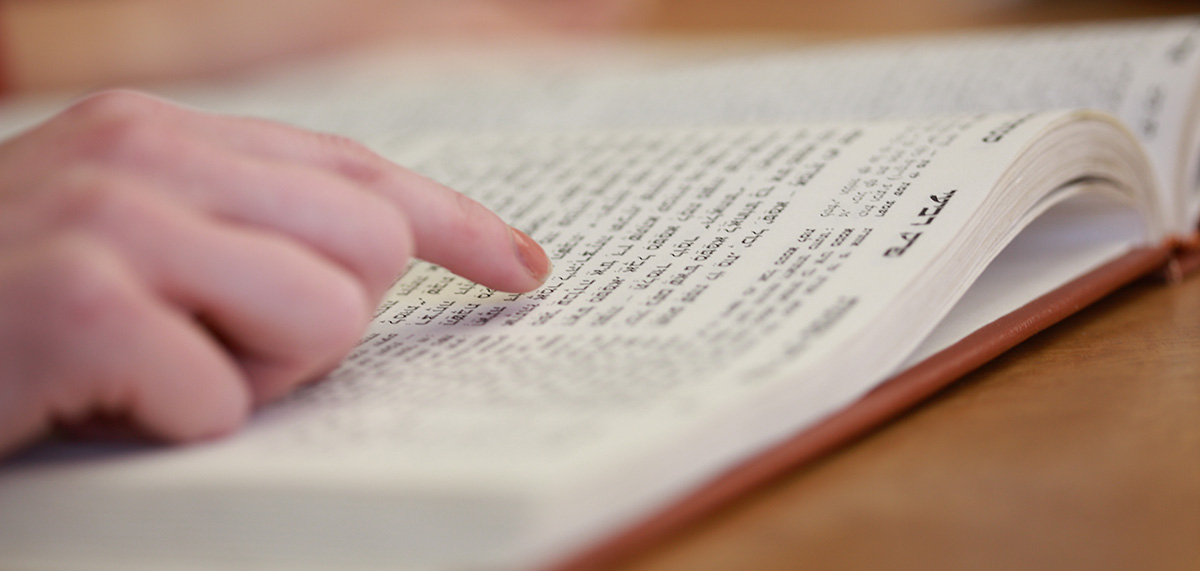Search Results
Back to JTS Torah Online's Main page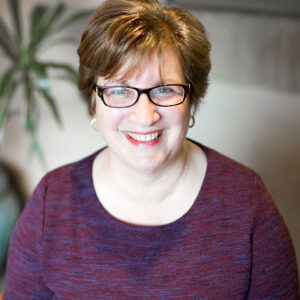
The Jewelry of a Master Teacher
Feb 23, 2024 By Lilly Kaufman | Commentary | Tetzavveh | Purim
Without using alchemy, the 16th-century Italian commentator Seforno (1470–1550) turned gems into gold. Writing a few short words about the gemstones that adorned the clothing of the High Priest, described in Parashat Tetzavveh, Seforno shares a truly fine insight about achieving greatness as an educator.
Read More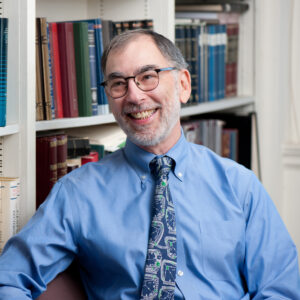
The Meaning of Aaron’s Holy Garments
Mar 3, 2023 By Robert Harris | Shabbat Zakhor | Tetzavveh
In this commentary, I would like to focus on some of the vestments of Aaron that he wore in his capacity as kohen gadol (High Priest). At the beginning of Exodus 28, the Torah commands that the Israelites who are skilled artisans should prepare a specific list of items for Aaron and the priests to wear. These include the breastpiece, ephod, robe, fringed tunic, headdress, and sash.
Read More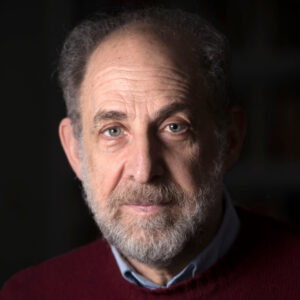
Garments of Light
Feb 11, 2022 By Raymond Scheindlin | Commentary | Tetzavveh
Last week, we read God’s orders to Moses for the construction of the Tabernacle and its accoutrements. This week, our parashah continues on the subject of the Tabernacle and the preparations for starting the sacrificial cult, focusing on the Tabernacle’s personnel: the priests—particularly their vestments and the rituals for the priests’ consecration.
Read More
The Masks that We Wear
Feb 26, 2021 By Ofra Arieli Backenroth | Commentary | Tetzavveh | Purim
Growing up in Israel, Purim was a wonderful experience, full of fun and games. Dressing up, putting on masks, going to parties, and attending the Purim Parade in Tel Aviv—the Adloyada. This name is derived from a rabbinic saying in the Talmud that one should revel on Purim by drinking “until one no longer knows [how to distinguish between ‘cursed is Haman’ and ‘blessed is Mordecai’]” (BT Megillah 7b). Attending the parade was great fun, but also had a mysterious aspect. Who are the people hiding behind the masks? What are they concealing and what are they trying to reveal? It was all very colorful and happy but, in equal measure, scary and confusing.
Read More
The Sound of the Bells
Mar 6, 2020 By Matthew Berkowitz | Commentary | Tetzavveh
At the core of Parashat Tetzavveh is a detailed description of the clothing worn by the officiants who will perform ritual service in the sacred space known as the Tent of Meeting (and later, the Temple). In the same way that holy space must be constructed differently from common space, so too must the priests and High Priest be “separate” from the common people. It is for this reason that Torah commands the fabrication of special clothing. Think of it as a holy uniform for holy ritual.
Read More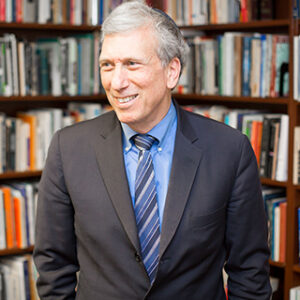
Holy Work for God’s Creation
Feb 15, 2019 By Arnold M. Eisen | Commentary | Tetzavveh
The most important headline of the week (and perhaps the year) did not appear in the top right column of the New York Times last Thursday. That spot—traditionally reserved for the lead story—was given over to the troubles facing the governor of Virginia, a scandal likely to be resolved and forgotten in a matter of weeks. Not so the fact that “the five warmest years in recorded history have been the last five, and that 18 of the 19 warmest years have occurred since 2001.” This story is likely to shape human history—and the life of the planet—for many years to come; it now seems indisputable that “the quickly rising temperatures . . . correspond with the scientific consensus that climate change is caused by human activity.”
Read More
The Jewelry of a Master Teacher
Feb 23, 2018 By Lilly Kaufman | Commentary | Tetzavveh
Without using alchemy, the 16th-century Italian commentator Seforno (1470–1550) turned gems into gold. Writing a few short words about the gemstones that adorned the clothing of the High Priest, described in Parashat Tetzavveh, Seforno shares a truly fine insight about achieving greatness as an educator.
Read More
The Poet as High Priest
Mar 10, 2017 By Alisa Braun | Commentary | Tetzavveh
Robert Browning, the Victorian poet, puzzled many of his readers when he called one of his collections Bells and Pomegranates. The issue wasn’t that he invoked a biblical type; many poets preceding him had seen themselves in prophetic terms. They were heroic figures whose imaginative powers could transform the world; they spoke truths to inspire others and change society. But what did the design on the hem of the priestly garment (Exod. 28:33-35) have to do with poetry? The poet as High Priest, a figure associated with rules and ritual rather than creativity and imagination, seemed counterintuitive.
Read More
The Clothes Make the Man
Feb 19, 2016 By Rachel Smith | Commentary | Tetzavveh
Read More[The] unlikely alliance of diverse and superficially incompatible musical traditions, mysteriously accomplished under punk, found ratification in an equally eclectic clothing style which reproduced the same kind of cacophony on the visual level.
—Dick Hebdige, Subculture: The Meaning of Style, 26

Garments of Light
Feb 12, 2016 By Raymond Scheindlin | Commentary | Tetzavveh
Last week, we read God’s orders to Moses for the construction of the Tabernacle and its accoutrements. This week, our parashah continues on the subject of the Tabernacle and the preparations for starting the sacrificial cult, focusing on the Tabernacle’s personnel: the priests—particularly their vestments and the rituals for the priests’ consecration. These subjects will return, for after a week devoted largely to the story of the Golden Calf, the Torah will repeat the account of the Tabernacle nearly verbatim, not in the form of instructions for things to be made but as a narrative of their making.
Read More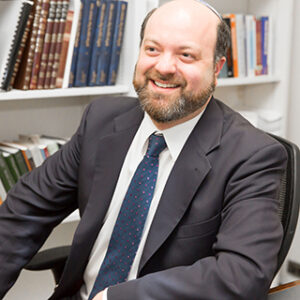
Written on the Heart
Feb 27, 2015 By Eitan Fishbane | Commentary | Shabbat Zakhor | Tetzavveh
The mitzvot are a path of spiritual practice, a cultivation of religious awareness that may open us to the mystery and urgency of the divine voice. Not only legal obligation, mitzvah is a moment of encounter with the ever-renewing Divine Presence as it reverberates through the generations of the Jewish people.
Read More
The Eternal Light of Torah
Feb 5, 2014 By Matthew Berkowitz | Commentary | Tetzavveh
At the beginning of Parashat Tetzavveh, Moses is commanded to instruct the Israelites:
Read Morebring clear oil of beaten olives for lighting, for kindling lamps regularly. Aaron and his sons will set them up in the Tent of Meeting, outside the curtain which is over the Ark, to burn from evening to morning before the Lord. It will be a statute for the Israelites throughout all time, throughout the ages” (Exod. 27:20–21).

A Dress Code for Judaism
Feb 4, 2014 By Arnold M. Eisen | Commentary | Tetzavveh
I received a valuable insight into this week’s Torah portion over lunch one day about 20 years ago at the Stanford University Humanities Center. Across the table sat a female professor from China, newly arrived on her first visit to America. I was the first Jew she had ever met, and at some point the conversation shifted from the books we were writing to how Judaism differed from other faith traditions and communities in America. That’s when she startled me with an observation I shall never forget. “You can’t be significantly different from anyone else in this country. You are dressed exactly the same as they are.”
Read More
Clothing Ourselves in Sanctity
Feb 20, 2013 By Matthew Berkowitz | Commentary | Tetzavveh | Purim
Clothing offers keen insight in two complementary directions. First, the garments one wears reveals one’s personality.
Read More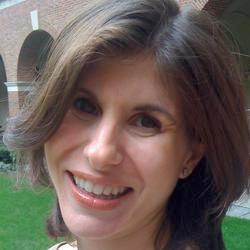
Parts of a Whole
Feb 20, 2013 By Abigail Treu | Commentary | Tetzavveh | Purim
A strange fact about being human: we never see any object in its entirety. We perceive in three dimensions, but see only in two so that our seeing is always at the mercy of our believing.
Read More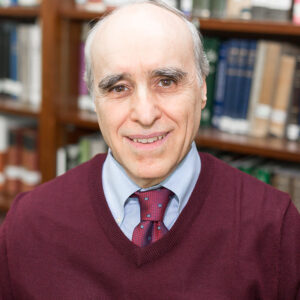
A Threefold Method of Biblical Interpretation
Mar 3, 2012 By Walter Herzberg | Commentary | Shabbat Zakhor | Tetzavveh
Why are these two seemingly unrelated matters—the law against harboring dishonest weights, on the one hand, and the exhortation to “remember” Amalek’s treachery, on the other—juxtaposed?
Read More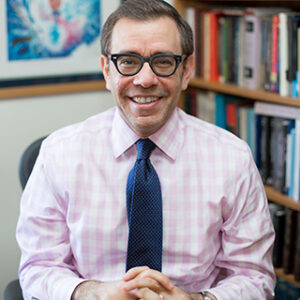
Leading with Absence
Feb 12, 2011 By David Hoffman | Commentary | Tetzavveh
With the first words of our parashah, we see the shadow, but not the body, of a man.
“V’ata tetzavvah et b’nai yisrael” (Exod. 27:20): “And you shall instruct the children of Israel” in the production of oil for the menorah to be used in the Tabernacle.
Only two verses later we read:
“V’ata hakrev eilekha et aharon ahiekha v’et banav eto” (28:1): “And you shall bring forward Aaron your brother and his sons . . . to serve Me [God] as priests.”
Read More
What Our Clothes Can Do For Us
Feb 12, 2011 By Andrew Shugerman | Commentary | Text Study | Tetzavveh
I recall first grasping the wise adage that “the clothes make the man” in a dressing room at the Kennedy Center between acts of the Washington Opera’s production of Rimsky-Korsakov’s The Tsar’s Bride. After performing as a peasant child in the chorus, I needed to change quickly into the opulent regal attire for my other role as Tsareyvitch — the tsar’s son. Exchanging my drab brown clothing for a multicolored outfit of silk, sequins, and rhinestones completely shifted my sense of self and purpose.
Read More
The Meaning of Aaron’s Holy Garments
Feb 27, 2010 By Robert Harris | Commentary | Tetzavveh
The Torah portion of T’tzavveh continues God’s instructions to the Israelites for building the Tabernacle in the Wilderness—the central concern of the previous week’s Torah portion (T’rumah) and the next three portions as well (Ki Tissa, Va-yakhel, and P’kudei). Altogether, the Tabernacle and its accoutrements are the most prominent subject matter of the entire last section of the book of Exodus, comprising chapters 25 through 40. These portions cover many details, the precise explanation for many of which remains somewhat uncertain to this very day.
Read More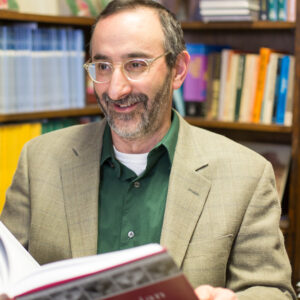
What God Wants From Us
Apr 7, 2009 By Benjamin D. Sommer | Commentary | Tetzavveh
What is the book of Exodus about? At first glance, the answer seems easy. As the English title states, it tells the story of the exodus from Egypt, the story of how God rescued the Israelites from slavery by defeating Pharaoh and his armies. A second glance, however, shows that this answer cannot be right.
Read MoreSUBSCRIBE TO TORAH FROM JTS
Our regular commentaries and videos are a great way to stay intellectually and spiritually engaged with Jewish thought and wisdom.

